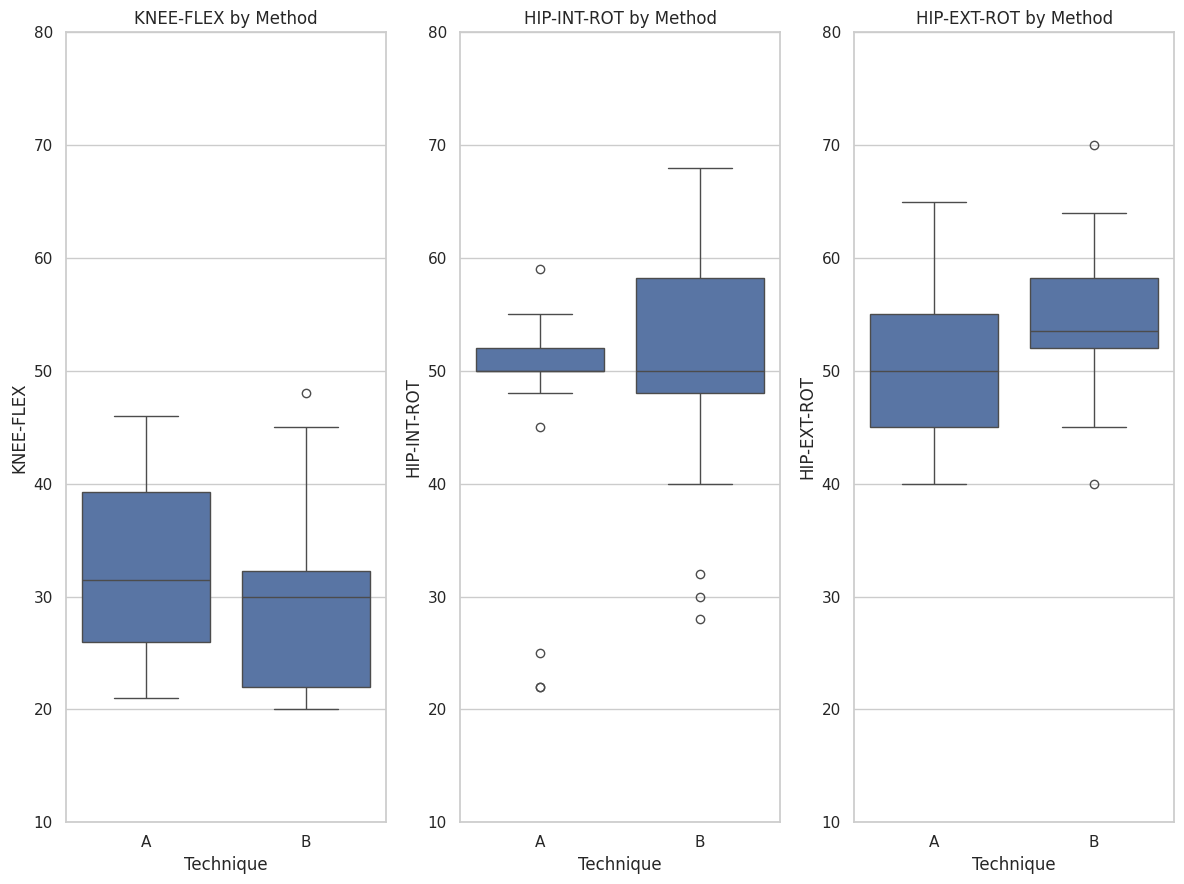Melisa Frisoli, Antonella Ermilio, Pilar Veiravé, Paola Catalfamo Formento.
Abstract
Health professionals involved in the estimation of mobility ranges for the analysis of work disability use the goniometer due to its accessibility, ease of use and low cost. Although various methods for measuring joint range of motion have been proposed in the literature, comparative evaluations between these methods are lacking. The aim of this study was to assess differences in angle measurements obtained using two different goniometer-based methods. It is hypothesized that, even in a small and homogeneous sample, differences will be found between the methods based on goniometry. Twelve female participants (mean age (standard deviation) 22.75 (1.06) years) without motor impairments or limitations took part in the study. A single rater measured maximum knee flexion and maximum hip internal and external rotation angles using a long-arm goniometer. Two methods for angle measurement were used and a Bland-Altman analysis was used for comparison. Results for maximum knee flexion angle indicated a mean difference of -3.41° and Limits of Agreement ranging from – 13.74° to 6.91°. Results also showed a mean difference of 2.14° (Limits of Agreement: -24.60°, 28.80°) for hip internal rotation and of 7.08° (Limits of Agreement: (-10.27, 17.49°) for hip external rotation. While the average differences were below 10°, the wide limits of agreement, reaching up to 28°, suggest that the methods are not interchangeable. Then, in work-related disability assessments, where multiple stakeholders, such as clinicians, occupational health experts, insurers, and review boards, are involved, it would become essential to select a single measurement method. A unified protocol, supported by adequate training, and adopted by all parties, will ensure consistency across measurement and promotes fair decision-making in these multi-professional evaluation contexts.

Keywords
- Outcome Measures
- Guidelines
- Work Disability
